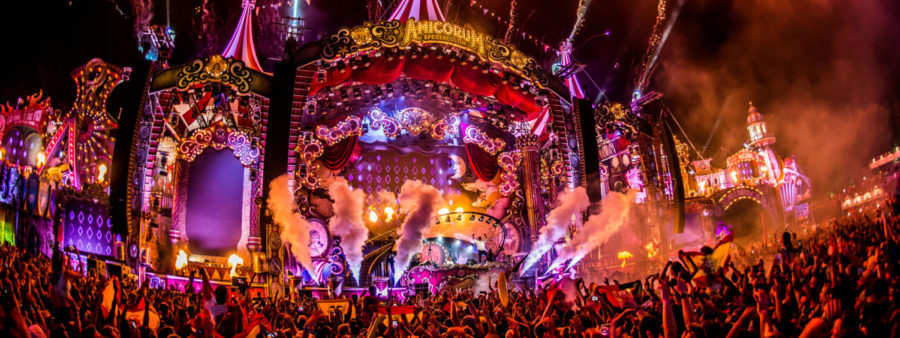Vieira: Bring the beat back
February 16, 2021
What do rave culture and COVID-19 have in common? They both came in two waves.
House music debuted in the dance scene in the ’80s as an alternative to disco, extremely popular in clubs at the time. What made the “Chicago sound” so different from the already established disco music was how DJs played with sounds. Pioneers like Frankie Knuckles used disco music as a base, then added slamming snares and funky synth grooves together with a heavier, deeper bass line. The introduction of the legendary Roland TR-808 took this kind of music production to the next level. It allowed DJs to up their tempos to 4/4 in their machines and generate what we today know as techno music.
The new, melodic sound immediately gained popularity; however, raves were still illegal, forcing people to gather underground or in warehouses. This Chicago underground scene allowed house music to thrive, ultimately, from there, so much so that it gave birth to several subgenres as well as many other brand-new genres of electronic music. Each have their own attributes and unique characteristics, like dubstep, hardstyle, etc., all under the umbrella term EDM (electronic dance music).
This series of events aided the second wave of rave culture to come about; as the new music genre continued to grow exponentially, so did the community around it. Raves owe their popularity to not only the party and good times, but also to the brotherhood it was able to create. Music festivals continue to reshape society, inviting us to embrace our differences and blossom through our uniqueness. Ravers strive to achieve an environment saturated with peace, love, unity and respect, originating the famous “P.L.U.R.” acronym. The motto attempts to highlight the festival’s open-mindedness and its real purpose: to unite the masses through good music under the electric sky without discrimination.
Unfortunately, on account of the pandemic, trading candy is now only possible on Halloween. With the ban of large public gatherings, raves were subject to a sudden halt. At first, most organizers postponed the events to a later date, while others bluntly canceled them. Tomorrowland and Coachella, both major music festivals, recently announced the cancellation of their 2021 edition, the latter for the second time. Despite all the commotion surrounding the subject, some people managed to keep cool. Pasquale Rotella, the founding father of the world’s largest dance music and experience company, Insomniac, took a different approach. Insomniac is best known as the Electric Daisy Carnival (EDC) organizer, which just so happens to be the biggest electronic dance music festival in North America. Initially postponed to October, the rave is now officially taking place on the last weekend of May. The company went as far as promoting a special 25-year edition in Portugal, still scheduled to be held at the end of June.
Given these points, things are looking up as more and more social distancing guidelines are being lifted. Luckily, we are no longer exclusively limited to livestreams, albeit it was an ingenious way to engage the audience. After coronavirus, will raves and concerts be even more crowded? Or are people going to be a bit warier about large social gatherings? At least ravers are already used to wearing masks, so facial coverings should not be a considerable obstacle to daily life.







